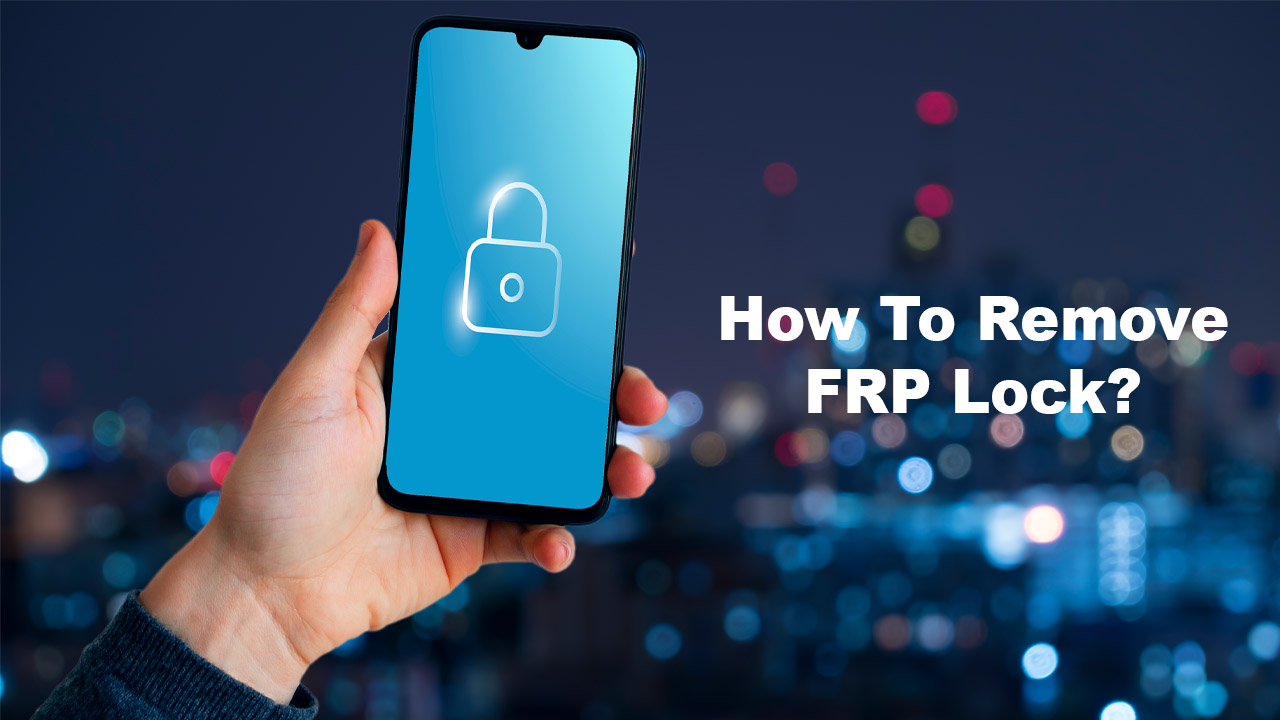Introduction to FRP Locks
When it comes to securing your home, the right lock can make all the difference. Enter FRP locks—an innovative solution that blends strength with advanced technology. Gone are the days of fumbling for keys or worrying about unauthorized access. With their unique features and robust construction, FRP locks offer a modern approach to home security that is both reliable and user-friendly. Whether you’re considering an upgrade or simply exploring options, understanding what an FRP lock brings to the table is essential in making a smart choice for your safety and peace of mind. Let’s dive into why these locks might just be what your home needs!
Advantages of Using FRP Locks for Home Security
FRP locks are becoming a popular choice for home security. Their robust design provides exceptional durability, ensuring they can withstand various weather conditions without compromising performance.
One of the key advantages is their resistance to corrosion and rust. Unlike traditional metal locks, FRP locks maintain functionality even in humid or rainy climates.
Additionally, FRP locks offer enhanced safety features. Many models integrate advanced technology like smart access systems that allow homeowners to control entry remotely. This means you can lock or unlock your door from anywhere.
Another noteworthy aspect is ease of installation. Most FRP locks come with user-friendly instructions that enable quick setup without professional help.
Moreover, the lightweight nature of these materials makes them easy to handle while maintaining strength against potential break-ins. With their blend of convenience and reliability, it’s no wonder many homeowners are opting for FRP solutions in securing their properties.
Different Types of FRP Locks: Keyless, Biometric, and Electronic
When it comes to FRP locks, variety is key. Keyless locks are popular for their convenience. They allow you to enter your home without fumbling for keys. Instead, a simple code or touchpad suffices.
Biometric locks take security up a notch by using unique identifiers like fingerprints or retina scans. This technology ensures that only authorized users can gain access, adding an extra layer of protection.
Electronic locks are incredibly versatile. Many come with advanced features such as remote access and alerts sent directly to your smartphone. You can manage who enters your home and when from anywhere.
Each type has its perks, catering to different preferences and lifestyles. Choose wisely based on how you use your space and the level of security you desire.
Factors to Consider When Choosing an FRP Lock
When selecting an FRP lock, think about the level of security you need. Your home’s location might influence this decision. Areas with higher crime rates often require more robust locking mechanisms.
Consider the convenience factor as well. Do you prefer traditional keys or are you leaning towards keyless options? Keyless locks offer ease of access but may require battery replacements over time.
Next, evaluate compatibility with your existing door hardware. Not all locks fit every door type, so ensure that the FRP lock aligns perfectly for optimal functionality.
Budget is another crucial element. While investing in quality can enhance security, there are various price points available to meet different needs without breaking the bank.
Take into account any smart features you’d like. Some FRP locks integrate seamlessly with home automation systems for added convenience and control from your smartphone.
Installation Process and Cost of FRP Locks
Installing an FRP lock can be a straightforward process, especially if you’re familiar with basic tools. Most models come with detailed instructions that guide you through each step.
First, you’ll need to remove your old lock and prepare the door for the new installation. Ensure the area is clean and free of debris. Next, position the FRP lock according to its specifications.
Costs for FRP locks vary widely depending on features and technology—ranging from budget-friendly options to high-end biometric systems. On average, expect to spend between $100-$500 on both the lock itself and any necessary hardware.
If you’re not comfortable doing it yourself, hiring a professional might add an extra $50-$200 for installation services. Remember that investing in quality often pays off in security and convenience down the line.
Maintenance and Troubleshooting Tips for FRP Locks
Regular maintenance is key to ensuring your FRP lock functions optimally. Start by cleaning the locking mechanism periodically. Dust and debris can accumulate, hindering performance.
Lubrication is essential as well. Use a silicone-based lubricant on the moving parts to keep everything operating smoothly. Avoid harsh chemicals that could damage components.
If you encounter issues like sticking or jamming locks, check for any obstruction in the mechanism first. Sometimes, a simple adjustment can resolve these problems.
Battery-operated electronic FRP locks require regular battery checks too. Replace batteries promptly to avoid unexpected failures during use.
Read your manufacturer’s guidelines for troubleshooting tips specific to your model. Each design may have unique quirks worth understanding for effective problem-solving.
Staying proactive with maintenance can extend the life of your FRP lock and enhance its security features significantly.
Conclusion: Why Choose an FRP Lock for Your Home?
Choosing the right FRP lock for your home offers a blend of security, convenience, and modern technology. These locks are designed to cater to various needs and lifestyles. With options like keyless entry, biometric access, and electronic systems, you can find the perfect fit that meets your preferences.
Investing in an FRP lock not only enhances your home’s security but also provides peace of mind knowing that you’re using advanced locking mechanisms designed for today’s challenges. The durability and reliability of these locks make them an excellent choice for safeguarding what matters most.
As you navigate through different types of FRP locks, consider factors such as ease of installation, maintenance requirements, and cost-effectiveness. A well-chosen FRP lock can significantly improve your home’s safety while making everyday life more convenient.
With all these benefits combined with straightforward maintenance tips available at your disposal, transitioning to an FRP lock system is a wise decision for any homeowner looking to boost their security measures effectively.

